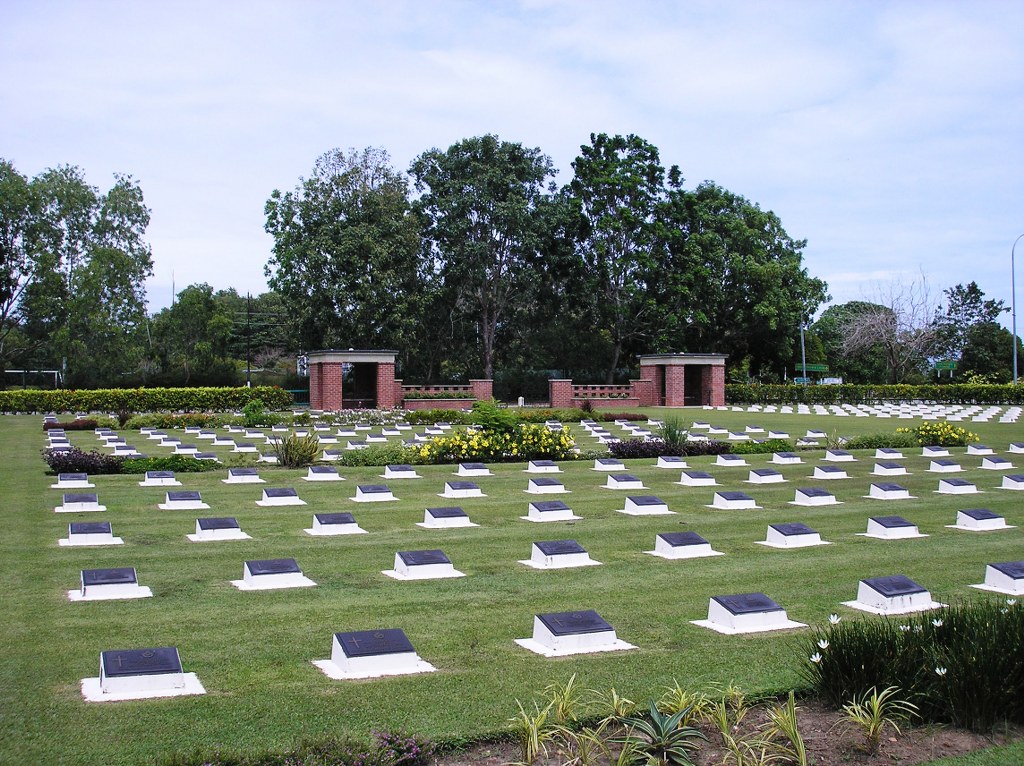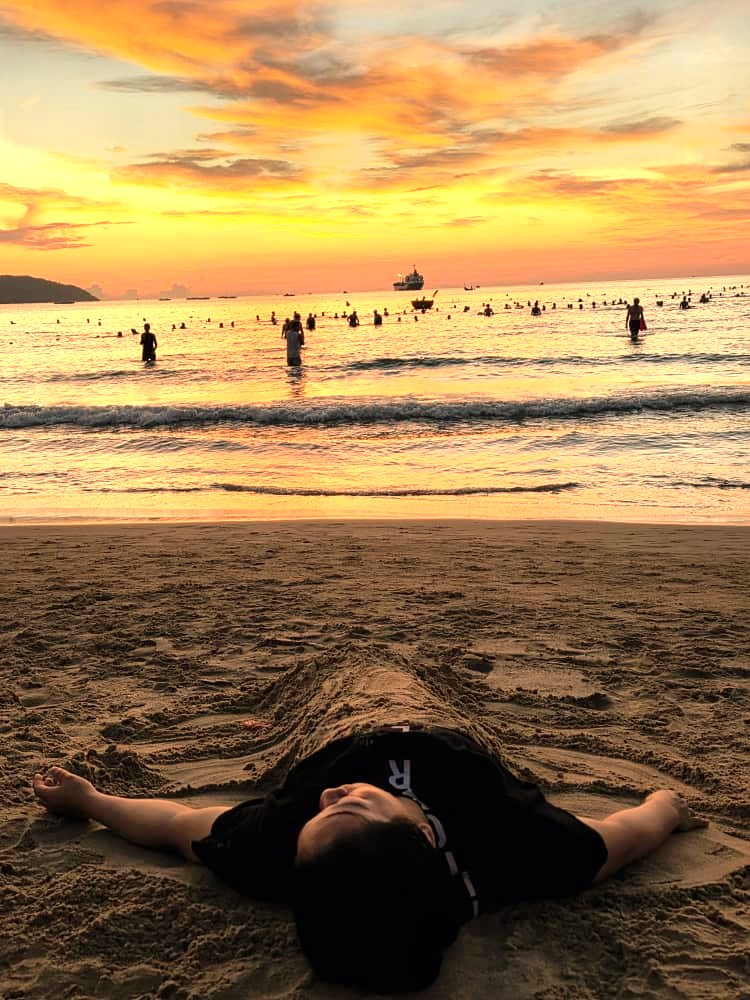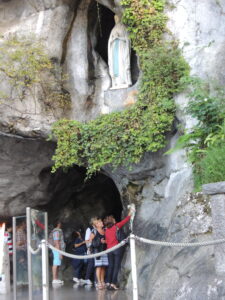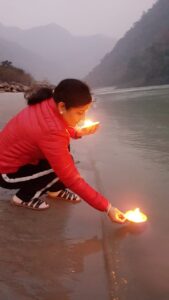
 Today, Malaysia will celebrate its 68th Independence Day, a moment of pride and joy for every citizen.
Today, Malaysia will celebrate its 68th Independence Day, a moment of pride and joy for every citizen.
Flags will fly high, parades will march through the streets, and patriotic songs will stir our hearts.
Merdeka is a reminder of the sacrifices made by our forefathers and the resilience of a nation that has grown through trials and triumphs.
But beyond the political and historical significance of Merdeka, there is another dimension of independence that each of us should reflect on: the inner independence of our mind, heart, and spirit.
While the nation celebrates freedom from colonial rule, are we, as individuals, truly free within ourselves?
External independence allows a country to stand on its own, make its own decisions, and chart its destiny.
Internal independence allows a person to rise above limiting emotions, destructive habits, and mental bondage.
Without this inner liberation, no amount of external freedom can bring peace or fulfilment.
Too often, we live as captives of our own anger, greed, jealousy, fears, or ego.
These invisible chains weigh us down more heavily than any physical restraint.
True Merdeka comes when we free ourselves from these shackles and rediscover the joy of living with clarity and compassion.
Just as a nation must defend itself against threats to its sovereignty, we too must guard against the forces that rob us of inner freedom.
Resentment, hatred, and envy are like occupying forces in the mind. They dominate our thoughts and drain our energy.
Forgiveness is liberation, compassion restores peace, and gratitude sets the heart free.
When we rise above destructive emotions, we experience the sweetness of liberation in daily life.
We stop reacting blindly and begin responding with wisdom.
Many of us live under the subtle tyranny of habits and addictions. Whether it is excessive attachment to material possessions, overindulgence in technology, or a relentless pursuit of more money, these patterns silently enslave us.
Real freedom is not about doing whatever one pleases; it is about mastery over one’s desires and impulses.
A person who cannot control his habits is still a prisoner, no matter how free his country may be.
Liberation begins when we reclaim control over our choices and live with balance.
The sages and saints of every tradition have reminded us that the greatest form of freedom is self-knowledge, to know who we truly are beyond labels, race, religion, or status.
At the deepest level, we are not just bodies or roles but sparks of divine consciousness.
When we identify with this higher truth, we discover a freedom that cannot be taken away by circumstances.
Meditation, prayer, and mindfulness are pathways to this inner sovereignty. They free the restless mind from constant chatter and anchor us in peace.
As Malaysians, we take pride in our diversity. Yet, divisions of race, class, and creed can sometimes cloud our harmony.
To be truly free as a nation, we must liberate ourselves from prejudice and narrow thinking. Independence is not only about political boundaries but about transcending the boundaries we create within our hearts.
This reflection is also personal to me. When my daughter was born, I wanted her very name to embody the spirit of Malaysia. I named her Melizarani — a unique name that blends Malay, Chinese, and Indian tones.
For me, it was a small way of affirming that being Malaysian is about embracing unity in diversity and finding beauty in the harmony of differences.
When individuals free themselves from prejudice and see one another as part of one human family, the whole nation moves toward greater unity and strength.
This, too, is a form of independence, the freedom to love without barriers.
Independence does not mean license to act without regard for others. True freedom comes with responsibility.
Every choice we make has consequences, and maturity lies in using freedom to uplift rather than destroy.
When we live with love, respect, and responsibility, our independence becomes a force of healing in society.
How do we cultivate independence in daily life? It begins with small but consistent steps:
- Simplify life by letting go of unnecessary clutter.
- Cultivate gratitude for what we have.
- Speak words that heal instead of hurt.
- Practice forgiveness to release old burdens.
- Serve others selflessly, for service frees us from selfishness.
These practices gradually loosen the knots that bind us, leading to inner freedom.
As we wave our flags and sing “Merdeka,” let us also pause to ask ourselves: Am I truly free inside? Or am I still bound by fears, desires, and negativity?
National independence gave us the dignity to stand tall as Malaysians.
Personal independence will give us the strength to stand tall as human beings.
When both come together, external freedom and inner liberation, the nation will not only prosper but shine with wisdom and compassion.
This Merdeka, let us celebrate not only our country’s independence but also commit to our own journey of liberation.
Because the truest independence is not granted by governments or won on battlefields, it is discovered within the heart.
For me, Merdeka finds its fullest meaning when its people discover freedom within.
Award-winning writer Dr T. Selva is the author of the bestsellers Vasthu Sastra Guide and Secrets of Happy Living. To get a copy, WhatsApp 019-2728464. He can be reached at drtselvas@gmail.com. Facebook: Vasthu Sastra





















